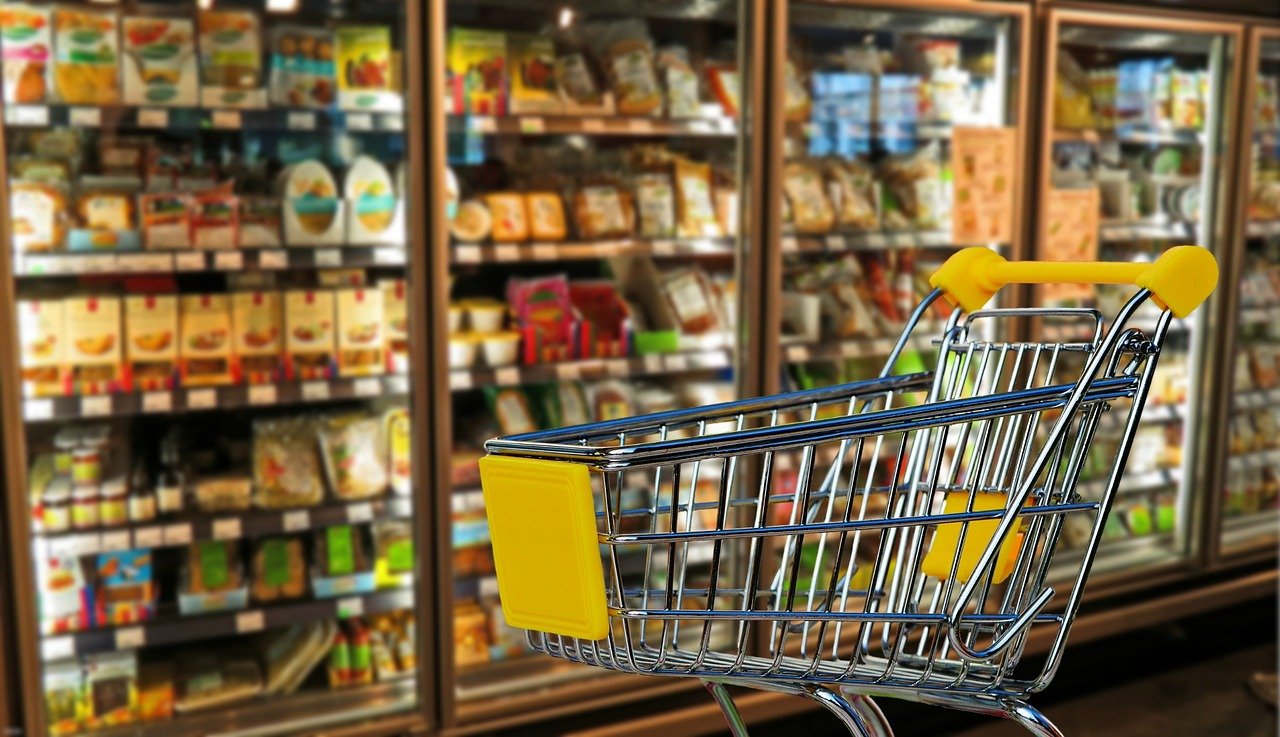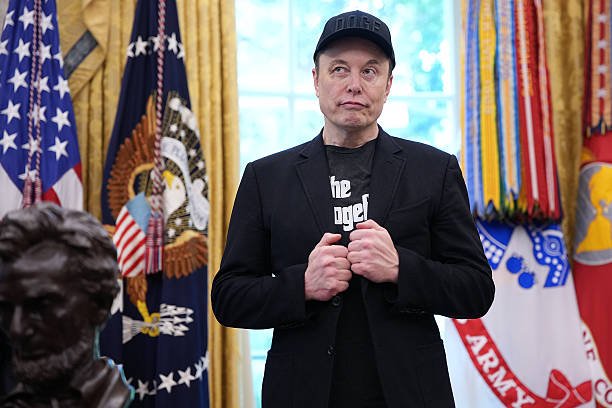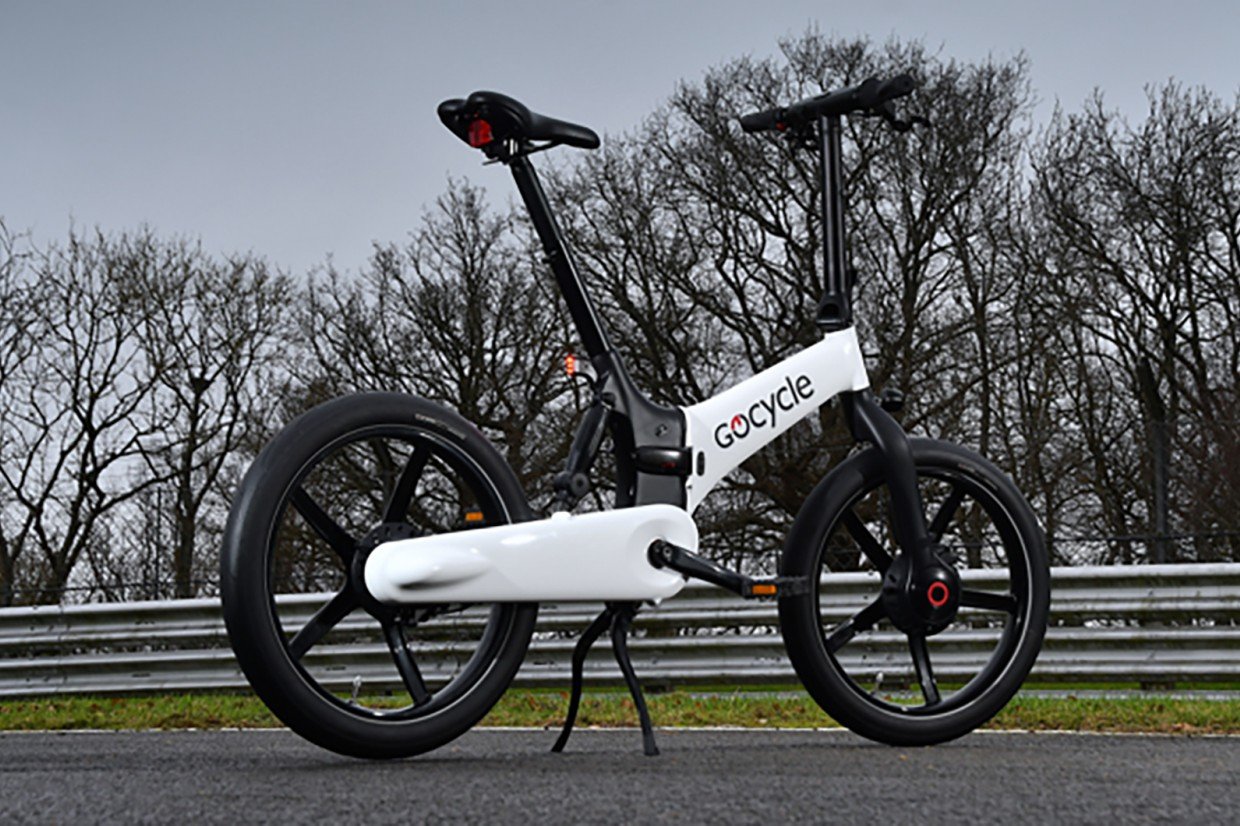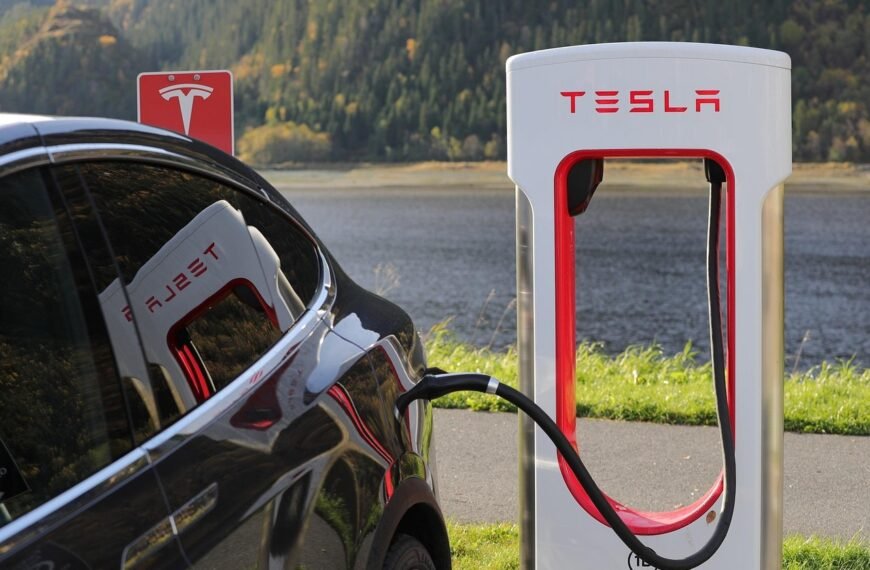The UK is set to experience the highest inflation rate among the G7 nations in 2025, according to new figures from the Organization for Economic Co-operation and Development (OECD). The group has raised its forecast the UK inflation to 3.5%, up from its earlier prediction of 3.1%. Although the rate is expected to ease to 2.7% in 2026, it would still remain one of the highest in the group of advanced economics.
UK Growth and Inflation Outlook
The OECD slightly increased its growth forecast for the UK economy this year to 1.4%, but predicts a slowdown to 1% in 2026. Analysts point to tighter fiscal policies, higher trade costs, and uncertainty as the main reasons for weaker growth. The current inflation rate already stands at 3.8%, driven by raising food prices, higher employer costs, and increased wages. The Bank of England expects inflation to rise further, possibly hitting 4%, before easing back toward its 2% target.
Political Reactions
Chancellor Rachal Reeves said the forecast proves the UK economy is performing better than expected, noting it has been the fastest-growing in the G7 during the first half of the year. She emphasized that more work is needed to build an economy that supports working people, aligning with her, “Plan for Change”. Opposition voices, however, criticized the government’s policies. Shadow chancellor Sir Mel Stride argued that Britain is stuck in a “high tax, high inflation, low growth doom loop,” accusing of Labour of poor economic management.
Global Trends and US Impact
Globally, the OECD revised its growth forecast for 2025 upward to 3.2%, from its previous estimate of 2.9%. Stronger-than-expected performance in the first half of the year and heavy investment in technology, particularly artificial intelligence in the US, have contributed to this outlook. The OECD raised its forecast for US growth this year to 1.8%, compared to 1.6% previously.
However, the organization warned that growth will slow later in the year due to rising tariffs. US import tax rates have reached 19.5%, their highest level since 1933. While tariffs are intended to boost domestic production, many experts caution they will also push up costs for American consumers.
What It Means for the Future
The OECD highlights that while global growth remains resilient, both the UK and US face major economic challenges. In Britain, inflation pressures continue to weight on households, while in the US, trade tensions risk slowing investment and consumption. With inflation still running above targets, governments and central banks face difficult decisions on spending, taxes, and monetary policy in the months ahead.






















